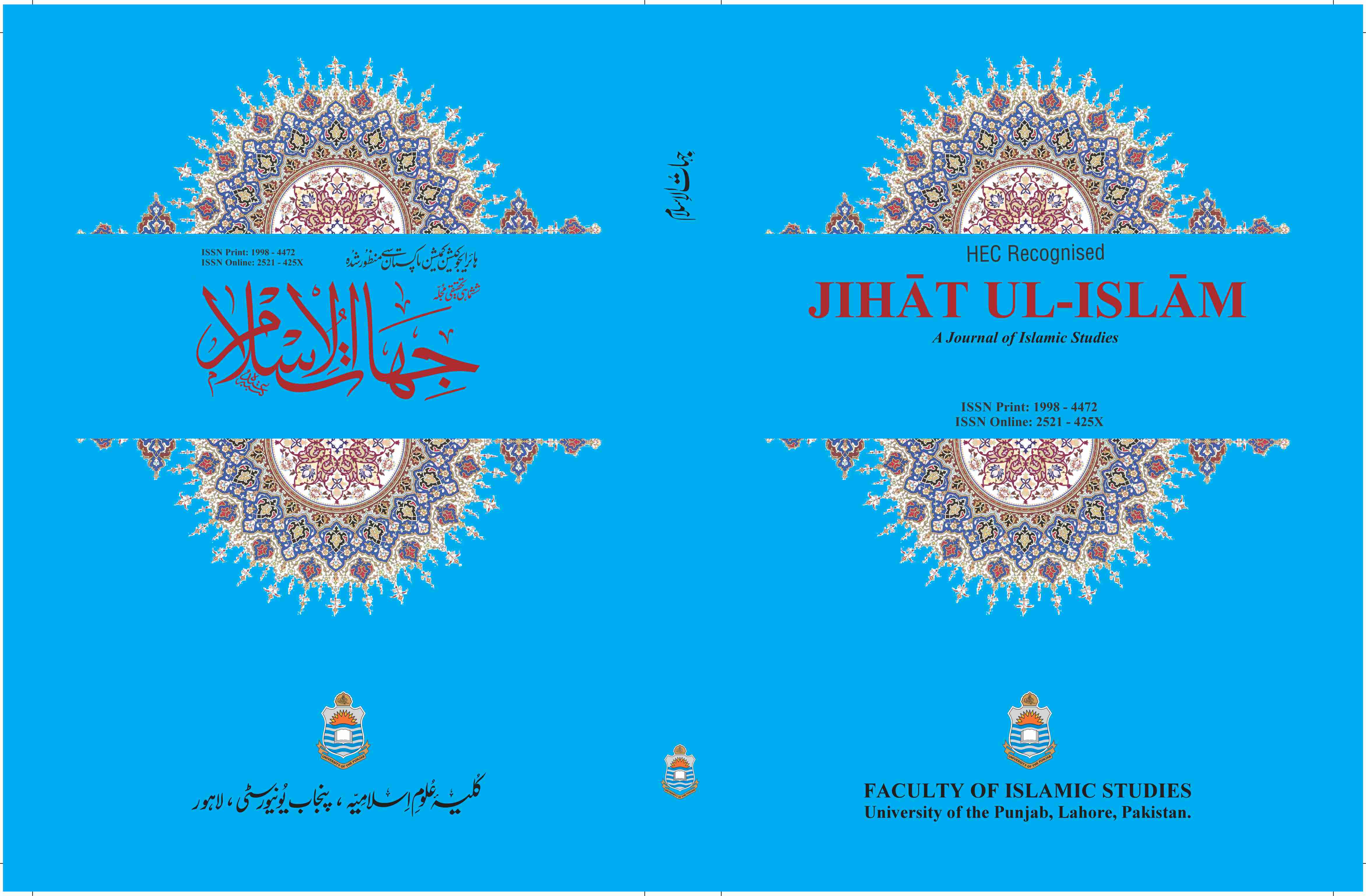Convergence of Creation: Exploring the Parallels between Islamic Descriptions and Modern Medical Insights on Human Fetal Development
Keywords:
Quran, Medical Science Islam, Human Creation, EmbryologyAbstract
In the realm of abstract symbolism, humanity stands as a revered creation in the eyes of Allah (SWT), elevated above all other life forms and bestowed with the stewardship of the natural world. The verses of the Holy Qur’ān resonate with the proclamation that the entirety of the cosmos has been crafted for the benefit of humankind. The genesis of human lineage traces back to the wondrous emergence of Adam (A.S), a miraculous event that signifies the divine commitment to the perpetuation of human existence through the fusion of male and female reproductive elements within the sanctuary of the maternal womb. This sacred fusion ushers in the genesis of new life, a journey encompassing a multitude of transformative stages.
The Holy Qur’ān intricately chronicles these transformative stages, portraying the inception of humanity as an evolution from dust to seminal fluid, then to a clinging entity, and further into the formation of flesh (Al-Qur’ān, 22:5). Remarkably, contemporary medical advancements echo these ancient descriptions, as the field of medical science meticulously expounds on the intricate metamorphosis of the fetus. This discourse delves into the convergence between the portrayal of the "Fetus" within Islamic sources and the annals of modern medical sciences, unraveling the intriguing parallels that bind these two distinct realms of knowledge.







